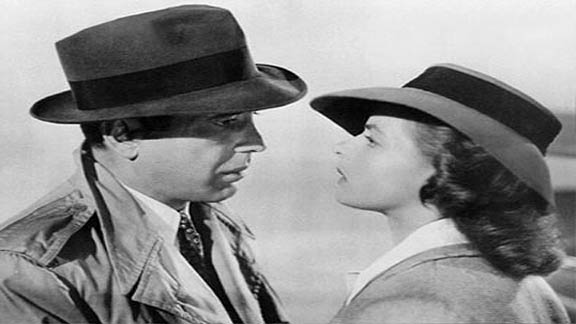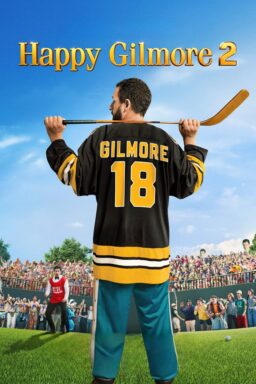In the lobby in a Loop high-rise, there is a dandy new wide-screen flat-panel TV set. Whenever I see it, the picture looks squashed. That is because it comes in a ratio of about 4:3, like almost all TV, and has been stretched to fill the wide screen. No doubt the proprietors of this set figure that since they paid for that real estate, they want to use it.
I first became aware of this phenomenon when I saw my first wide-screen set, in the home of a New York friend. He was watching a tennis game between very wide people, who were batting the ball across a three-foot-high net. I pointed out that Selena Williams had become short and fat. “I have it set to fill the whole screen,” he explained proudly.
Now Joseph Morgenstern, the Pulitzer-winning movie critic of the Wall Street Journal, has issued a jeremiad against this barbarity. “I see beautiful flat-panel TVs displaying awful, distorted picture,” he wrote the other day. “Yet no one seems to notice, or care. I feel like a guy spouting off about the emperor’s new clothes, except this emperor’s problem is that his wardrobe doesn’t fit.”
A little history. Until wide-screen movies were introduced in the early 1950s, almost all movies were in the 4:3, or 1.33:1, ratio. Possibly that’s why TV originally had about the same ratio. Now we are headed toward wide-screen television, but most of the content is in the old ratio, except, ironically, for wide-screen movies. The solution is to adjust your new set to display what you’re watching in the correct ratio. If it is 4:3, that will mean black bars down either side of the picture. So what?
It offends my sense of rightness and harmony that people should watch, or expect me to watch, a picture in the wrong ratio. It happens in movie theaters, too. Recently at the Toronto Film Festival, I sat through a movie that was being projected incorrectly, and you could often see the microphone above the heads of the actors. The director, sitting a row in front of me, slumped lower and lower in his seat. Why he didn’t go up to the projection booth with a baseball bat, I do not know.
In case you are not familiar with the proportions of the average human body, here are some hints that you are watching a 4:3 picture in widescreen: During old movies or newscasts, faces often seem to be missing parts of foreheads or chins. On cable news, the headline crawl across the bottom is invisible, or you can only see the tops of the letters. During sporting events, half of the score is off-screen.
Of course this may not matter to you. You want to see part of the picture, not part of the screen. It’s your eyesight, your brain, your set, and your choice. After all, what’s the use of having a Porsche if you don’t drive it at 190 mph?
Joe Morgenstern’s Wall Street Journal column: “A Stretch Too Far.”












